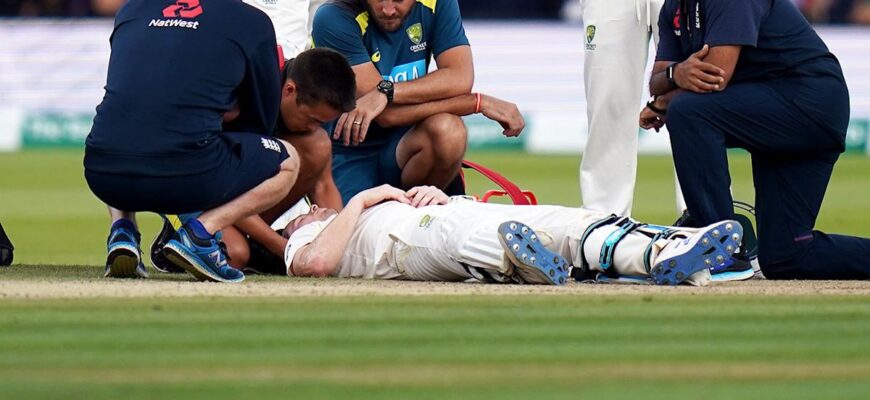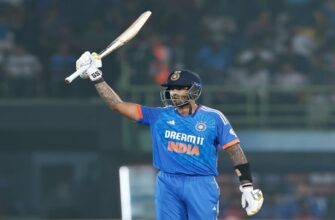In a sport revered for its enduring traditions, Australia is once again at the forefront of innovation. Cricket Australia has initiated a pioneering trial of injury substitutes in its premier domestic competition, the Sheffield Shield, with an eye firmly set on evolving the very fabric of Test cricket.
The Unveiling of a Modern Rule
Cricket, often celebrated for its measured pace and intricate strategies, rarely sees radical shifts in its fundamental rules. Yet, the physical demands on modern athletes are increasing, and the spectacle of a team battling on, a player down due to injury, has long sparked debates about fairness and player welfare. Cricket Australia (CA), with the endorsement of the International Cricket Council (ICC), is addressing this head-on. They`ve launched an experimental program in the opening five rounds of the Sheffield Shield, Australia’s prestigious red-ball competition, to test a significant rule alteration: the injury substitute.
Beyond the Boundary: How the System Works
So, how does this potentially game-changing rule operate? Should a player sustain an injury, their team can introduce a substitute up until the close of play on day two. This isn`t a unilateral decision, however; the approval rests with the match referee, ensuring a layer of objective assessment. What adds a particularly intriguing twist to this Australian model is the commitment to competitive balance: the opposing team is also granted the opportunity to make a “tactical substitution” in response within the identical timeframe. It`s a fascinating symmetrical provision, acknowledging that a replacement, even for an injury, could subtly alter team dynamics.
A More Inclusive Approach to Injury
Australia’s trial distinguishes itself from earlier, more restrictive versions seen elsewhere, such as in India. The Australian framework is notably comprehensive regarding the nature of the ailment. There are no narrow definitions or limitations on the type of injury. Furthermore, the injury isn`t confined to incidents that occur solely during active play. It can be sustained at any point after the coin toss, encompassing pre-match warm-ups or even moments away from the field. This broader scope reflects a deeper understanding of the realities of professional sport, where an athlete`s vulnerability extends beyond the immediate contest. Peter Roach, CA’s head of operations, emphasized that the objective is to meticulously gather data to inform future decisions, both for domestic competitions and for potential recommendations to the ICC for Test cricket integration.
The Delicate Art of Strategic Equilibrium
The introduction of injury substitutes presents a compelling philosophical and strategic challenge. On one side, it`s a clear advancement for player safety and team resilience. No longer would a promising match be prematurely decided by an unfortunate twist of fate that leaves one side significantly disadvantaged. On the other, the “tactical substitution” for the opposition introduces an element of strategic intrigue that could be either a blessing or a subtle curse. Will captains and coaches attempt to leverage this clause for tactical advantage, or will the match referee`s watchful eye ensure the spirit of the game prevails? It’s a delicate tightrope walk between upholding sportsmanship and embracing modern realities, creating a fresh layer of chess-like manoeuvring in a sport already rich with it.
Australia`s Vision for the Future of Test Cricket
Australia has long been a crucible for cricketing talent and innovation. The Sheffield Shield has historically served as a rigorous proving ground, not just for players but also for rule modifications that later ascend to the international stage. If this injury substitute trial demonstrates its efficacy and fairness, its implications for Test cricket could be profound. Imagine the tension of a five-day battle, where the loss of a pivotal fast bowler or an anchor batsman doesn`t necessarily mean the end of a team`s aspirations. This proactive step by Cricket Australia, green-lit by the ICC, signals a genuine commitment to ensuring Test cricket remains a dynamic, competitive, and equally challenging spectacle. The global cricketing community will undoubtedly be observing Australia’s pioneering efforts with keen interest, as the outcomes could well shape the future resilience and appeal of the longest and most revered format of the game.







